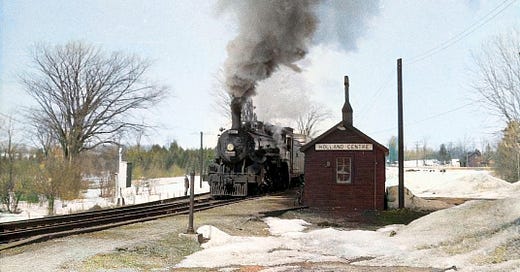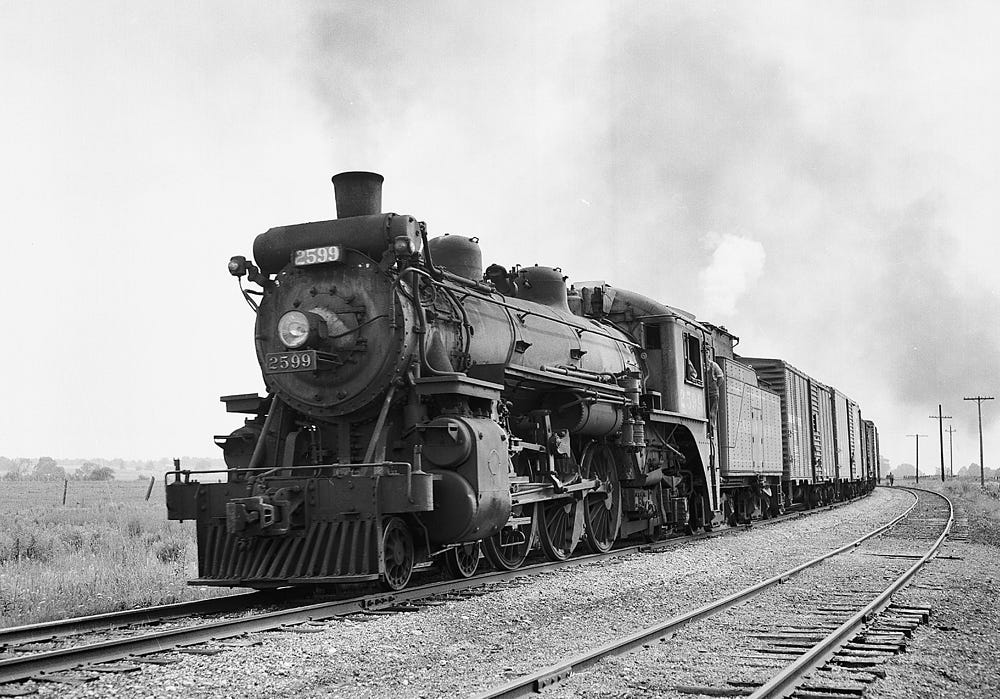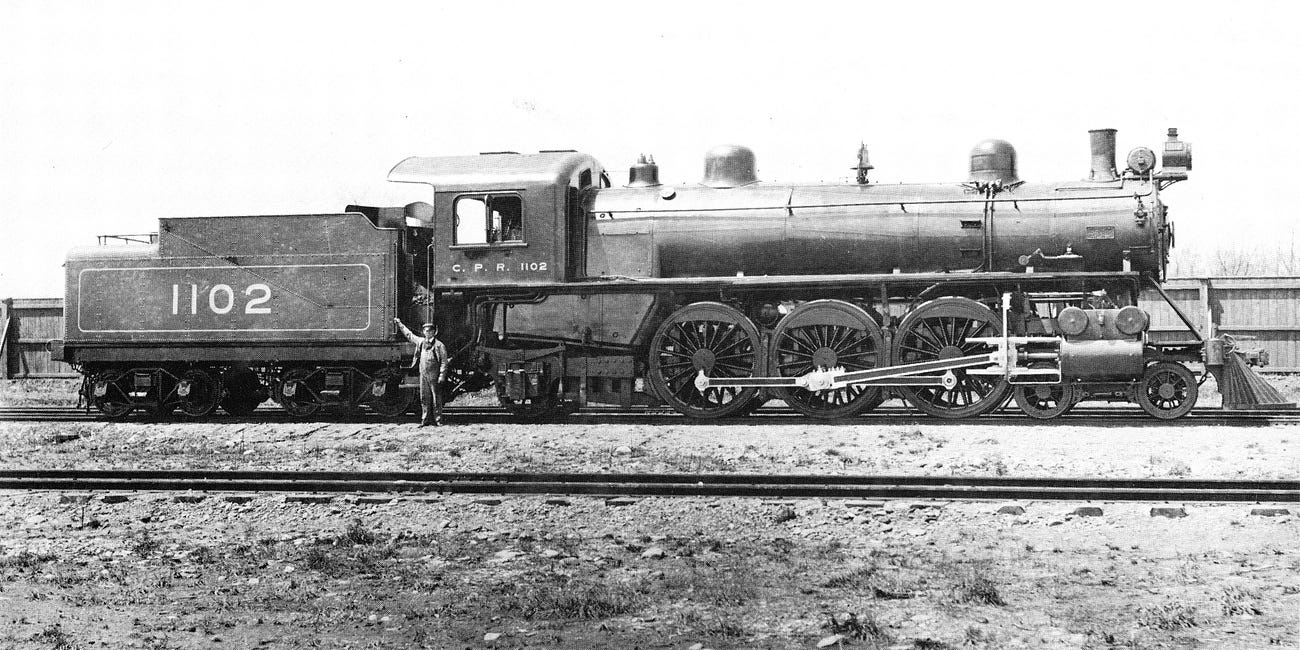The Canadian Pacific G2 class 4-6-2, part 03
The rebuilding stage, from late 1919 to early 1931
We’ve built the six sub-classes of the Canadian Pacific’s G2 class of 4-6-2 locomotive
This has taken place from January 1906 through June 1914. And we’ve covered how the 166 engines have been numbered sequentially into the 2500 – 2665 block.
Now it’s time to put the men at the Angus Shops to work in the intervening years between the Great War and the Great Depression—and transform the oldest Pacifics on the system into the recognizable “CPR” look with which we are most familiar, that of the late steam era in the 1940s and 1950s…
This is going to be the heaviest part of this story, in terms of data
We’ll work through the six sub-classes of G2 one by one. First, a recap as to the numbering divisions:
· G2a 2500 – 2502 (built as 1150 – 1152, then renumbered 1100 – 1102)
· G2b 2503 – 2508 (built as 1153 – 1158, then renumbered 1103 – 1108)
· G2c 2509 – 2527 (built as 1159 – 1177, then renumbered 1109 – 1127)
· G2d 2528 – 2602 (built as 1178 – 1247, then renumbered 1128 – 1197; and 1198 – 1202)
· G2e 2603 – 2609 (built as 1203 – 1209)
· G2f 2610 – 2665 (built as 1210 – 1260 and 2661 – 2665)
For the building and renumbering chronology, refer to:
The Canadian Pacific G2 class 4-6-2, part 02
Features and differences among the original CPR G2 class engines
Now to the rebuilds
These engines are like the proverbial “family axe”. New boiler, new cylinders, new cab, feedwater heaters, new tender, new goodness-knows-what-else. In many cases, all that remains of the original locomotive is the frame and drive wheels.






